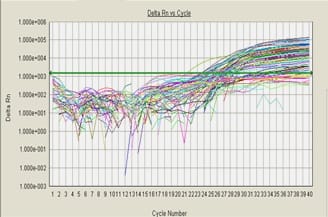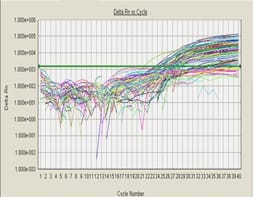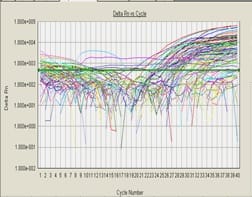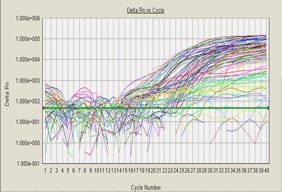Comparative analysis of biochemical parameters and gene expressions of novel markers in type II Diabetes mellitus
Khot V.1, Kulkarni J.2, Yadav K.3*
DOI: https://doi.org/10.17511/ijmrr.2019.i04.09
1 V.V. Khot, Bharati Vidyapeeth Dental College, Navi Mumbai, Maharastra, India.
2 J. M. Kulkarni, Vaidik Dental College and Research Centre, Daman, India.
3* K.S. Yadav, School of Medicine, D.Y. Patil University, Navi Mumbai, Maharastra, India.
Background: Diabetic nephropathy (DN) is the most common cause of end stage renal disease (ESRD). Early detection of the disease and treatment of this chronic complication which would reduce the medical and economic burden. Early detection of kidney injury by evaluating gene expressions of Il-6, Il-10, LDLr, and CD36 in T2DM with pre-ESRD microalbuminuria minimizes the risk of DN. Methods: Present research work conducted at the Department of Biochemistry, School of Medicine, Navi Mumbai. This study includes 241 subjects (118 male, 123 women, and age ranges 30-70 years) were included after screening for T2DM by measurement of blood glucose in fasting, post-prandial, glycosylated haemoglobin. Microalbumin in urine and e-GFR is measured to eliminate patients of ESRD. Subjects were recruited after written consent and enrolled as per inclusion/exclusion criteria. Categorization of subjects in three study groups; group I (30-45 years), group II (46-70 years) were done on the basis of T2DM duration 3-6 years, glycosylated haemoglobin level (HbA1c) ≥ 7.0% with fasting blood glucose ≥126 mg/dl) and microalbuminuria (30-300 mg/dl) in study group, equal numbers of healthy volunteers enrolled in control group. Blood samples were processed for other renal parameters and RT-PCR to check expressions of novel genes Results: In study groups all renal, lipids parameters are within normal range except albumin/creatinine ratio (p <0.012), e-GFR (p <0.00) and cholesterol (p <.00). Descriptive analysis showed high significance (p <.00) of delta CT gene expressions, parameters in pre-ESRD microalbuminuria subjects. Conclusion: Screening biochemical renal parameters are not enough to prevent DN even in microalbuminuria. Early detection of gene expressions of novel biomarkers predicts risk of kidney injury. Early intervention may prevent morbidity and mortality of kidney due to diabetic nephropathy.
Keywords: Diabetes mellitus, Microalbuminuria, Gene expressions, Risk prediction
| Corresponding Author | How to Cite this Article | To Browse |
|---|---|---|
| , School of Medicine, D.Y. Patil University, Navi Mumbai, Maharastra, India. Email: |
Khot VV, Kulkarni JM, Yadav KS. Comparative analysis of biochemical parameters and gene expressions of novel markers in type II Diabetes mellitus. Int J Med Res Rev. 2019;7(4):309-314. Available From https://ijmrr.medresearch.in/index.php/ijmrr/article/view/1074 |


 ©
© 


